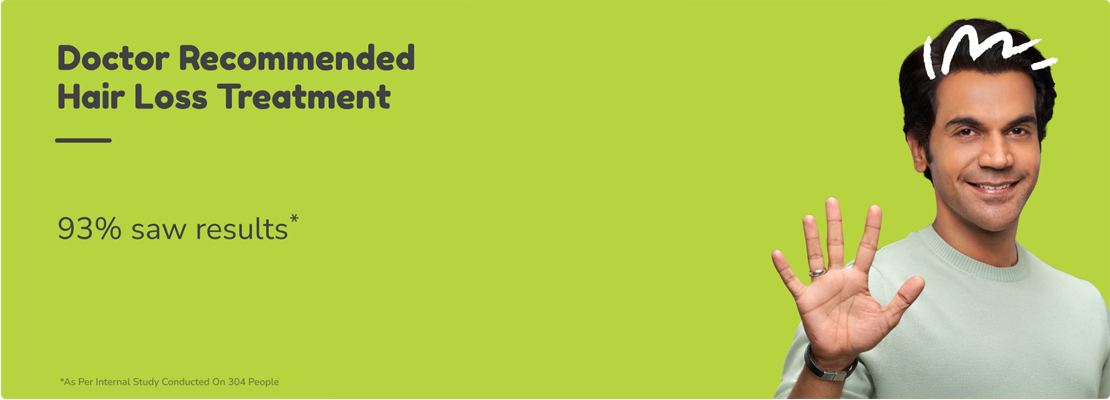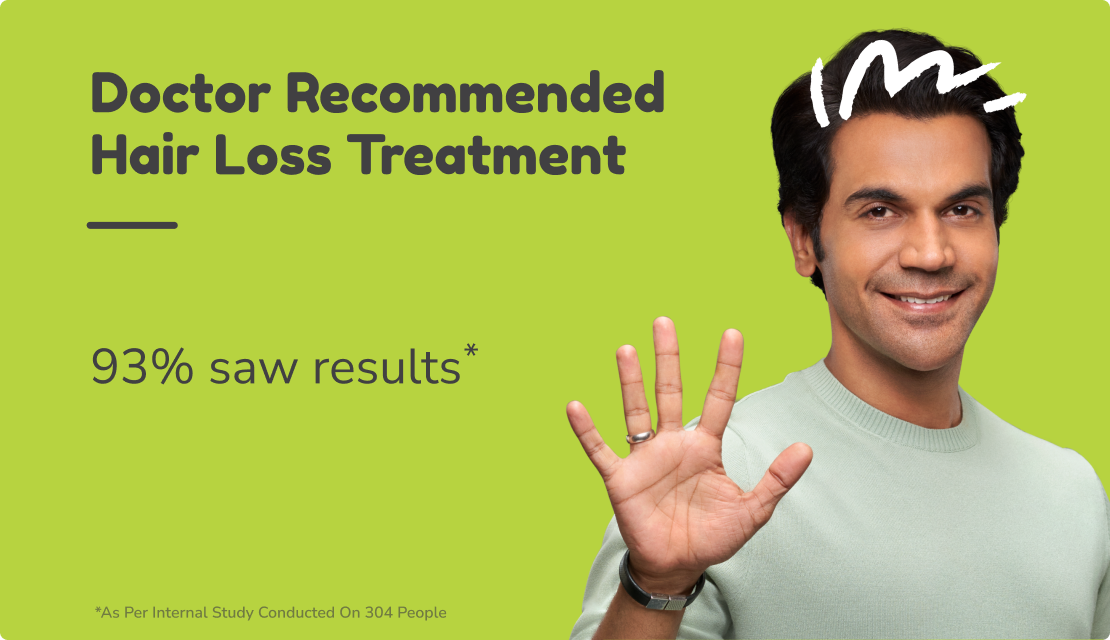Seborrheic Dermatitis is a skin problem that causes scaly patches of the skin, redness and dandruff. This is a chronic form of eczema and occurs in those sections of the body where there are a number of sebaceous glands. These include the scalp, nose, face and upper back. The effects are felt more severely in cold and dry climates and during periods of extreme stress and can lead to a bad case of telogen effluvium. It is more common among infants and in adults between 30 and 60 years of age. With infants, it usually develops within the first few months and then removes itself over a few weeks or months. In adults however it could clear and reappear as part of a process that could go on for years.
Seborrheic Dermatitis could continue for a long time and you might have to deal with it for what could easily be the rest of your life. There could also be those occasions when you might have to go for prolonged periods without displaying any symptoms at all. On the other hand, there will be those times when you might have massive flare-ups and the pain and irritation become unbearable.
The trick is to find a routine that helps you minimise the extremes that can help you lead as normal a life as possible. You will be able to identify the triggers and take steps to avoid them to help deal with your condition. The crucial objective is to ensure that the condition does not aggravate and lead to any serious medical complications.
What Causes Seborrheic Dermatitis?
Seborrheic Dermatitis is usually the result of an inflammatory reaction to excess yeast Malassezia, which grows under the surface of the skin. The increased production of Malassezia forces the immune system to react to it. Lipids are its fodder and it also develops expeditiously if plenty of free fatty acids are present around it. It could also grow as a result of an excess amount of oil in the scalp which might force the skin to turn greasy and red.
Hormonal changes that take place in the parent during pregnancy might also cause this condition. The changing hormonal levels may force an increased level of secretion from the oil glands which could lead to an itchy scalp.
Certain medical conditions like Parkinson’s disease, epilepsy, alcoholism, acne, HIV or a recent recovery from a stroke may also trigger off cases of seborrheic dermatitis. The following could also lead to seborrheic dermatitis:
- Hormonal changes
- Stress
- Harsh hair products, soaps, shampoos, dyes
- Medications such as interferon, psoralen and lithium.
Who is at Risk of Seborrheic Dermatitis?
People with a weakened immune system are the most vulnerable to seborrheic dermatitis. Also, people with naturally oily skin are more likely to suffer from this type of dermatitis. It is more prevalent among men giving rise to the theory that it could be connected with sex hormones like androgens. Individuals suffering from psychiatric complications and neurological disorders could find themselves developing a seborrheic dermatitis scalp sooner than later. The possibility of developing a condition increases substantially if a close family member has it. Apart from this, certain high-risk individuals include the following:
- Obese people
- Persons suffering from fatigue
- People with poor skin conditions or individuals suffering from acne or scalp psoriasis
- Individuals suffering from stress
- Persons under medication with certain drugs like lithium
- People using harsh chemicals on their hair
- Persons with medical conditions like HIV, Parkinson’s disease and Aids.
Genetic factors are one of the main causes of seborrheic dermatitis. It could also be to due hormonal changes or yeast overgrowth.
Way to Diagnose Seborrheic Dermatitis
There is a need to separate the symptoms of seborrheic dermatitis from other similar conditions such as scalp psoriasis. Seborrheic dermatitis is usually benign and cures itself as part of a natural process. It can be diagnosed by looking at the way the lesions are distributed over the scalp and by studying the manner in which they develop. It is usually present in those parts of the body that have a number of oil-producing glands, like the scalp, upper chest, back, genitals, eyebrows and ears.
At times, a further biopsy might be necessary wherein a section of the affected kin is extracted to be studied with the help of a microscope. Other tests might also be done to rule out conditions with similar symptoms like a fungal infection. A blood test might also be suggested if the doctor suspects that it is the result of an underlying health condition.
Seborrheic dermatitis is very similar to psoriasis, but while psoriasis is silvery-white and bleeds when scratched, seborrheic dermatitis is yellowish-white, greasy and easy to remove. It is also possible to suffer from more than 1 condition at any point of time. For e.g., one could also suffer from sebopsoriasis, a condition where seborrheic dermatitis and psoriasis overlap. Following are the general symptoms of seborrheic dermatitis:
- Itchy white flakes develop on your scalp. The flakes are found in your hair and drop onto your neck and shoulders.
- Crusty skin develops on an infant’s scalp. It does not usually itch but scratching can lead to bleeding and mild infections.
- Scaly redness near the eyelids.
- Pinkish scales on both sides of face.
- Flaky ring like patches on scalp or chest.
- Inflamed hair follicles on cheeks and upper half of trunk.
- Redness in the folds of the genitals, armpits and breast.
Medical Treatments for Seborrheic Dermatitis
Teenager and adults affected by this condition usually need seborrheic dermatitis scalp treatment as the condition does not go away on its own. The type of treatment depends on where the infection happens and the severity of the infection in that body part. Also, the sensitivity of your skin type to different medicines will also be need to be ascertained before starting any procedure of treatment for seborrheic dermatitis cure.
The initial focus is on reducing the visible signs of redness and itchiness in the affected part. This could be done with the use of both over-the-counter medicines and prescription drugs. Prescription drugs include anti-fungal medicines and corticosteroids.
Seborrheic dermatitis can be very irritating, if it deteriorates into a chronic state it could be extremely uncomfortable. If the itching and redness happens in your upper body or face it could be distracting and you would need to get in touch with a medical practitioner. The doctor will be able to diagnose your problem effectively and suggest suitable treatment procedures. Topical medicines are most commonly suggested for seborrheic dermatitis treatment. This includes:
- Corticosteroids: Creams containing corticosteroids and hydrocortisone are extremely effective in reducing inflammation as they could also lead to scalp pain. Hydrocortisone is regarded as a very potent seborrheic dermatitis medicine. However, they cannot be used for longer periods as they have side effects.
- Antibacterial and antifungal creams: These are possible options to help deal with bacterial and fungal issues.
- Psolaren and Light therapy: Psolaren can be administered orally or it could also be applied topically. This is the most effective oral medication for seborrheic dermatitis. Then the affected area is subjected to UV ray treatment to help soothe the skin and reduce itchiness.
- Metronidazole: Metronidazole is also very effective as a seborrheic dermatitis ointment.
- Keratolytics: Products containing urea, lactic acid and salicylic acid are very useful in removing scales.
- Coal Tar: They can reduce the dying of the skin cells. Apply the tar to the affected areas and wash with shampoo after several hours.
How to Treat Seborrheic Dermatitis Naturally at Home?
There are a number of home remedies which are useful in minimising the effects of seborrheic dermatitis. This in combination with prescription medicines could provide some excellent options of dealing with the vexing scalp issue.
- Tea Tree Oil: the antimicrobial and anti-inflammatory properties are very effective in reducing symptoms of seborrheic dermatitis. Dilute the tree tea oil with some coconut oil before applying it to reduce allergic reactions.
- Apple cider vinegar: Apart from reducing inflammation apple cider vinegar is useful in removing the scales from the scalp. Shampoo your hair and then apply a mixture of 3 tablespoons of apple cider vinegar added to 2 cups of water to your hair. Rinse after a few minutes. For the best treatment for seborrheic dermatitis on face dilute 1 tablespoon of apple cider vinegar with 2 tablespoons of water before applying it to your face.
- Aloe Vera: The aloe vera extract is very effective in controlling inflammation. This is one very effective option for seborrheic dermatitis natural treatment.
- Olive oil: Olive oil is also very effective in removing the flakes from your scalp. Apply the oil and brush off the flakes after an hour. Shampoo later.
Support this by developing some good dietary habits. Eat a lot of green leafy vegetables and tomatoes. Include antioxidants like cherries and blueberries and foods rich in vitamin C. Have almonds and sweet potatoes to provide those nutrients to your scalp.
Seborrheic Dermatitis is easily controlled. It is about adopting the right procedure of treatment in consultation with your dermatologist. For seborrheic dermatitis hairline problems remember to practice good hair hygiene and lessen the use of harmful chemicals on your hair. Do get in touch with our experts at Traya for those detailed tests and advanced procedures to help maintain the health of your hair.
Popular Articles
Effective Hair Fall Treatment For Men And Women | Shatavari Plant | Itchy Scalp | Telogen Effluvium | Ginger Powder | Shiny Hair | Hair Conditioner | Ginger Juice For Hair | Hair Smoothening | How To Increase Hair Volume | How Much Hair Fall Is Normal | Hair Rebonding | Hair Breakage | Role Of Nutrition In Hair Health | Scalp Psoriasis | Postpartum Hair Loss | Female Pattern Baldness | Scalp Pain | How To Get Thick Hair Naturally | Layers Of ScalpOur Products
Buy Multivitamin Tablet | Buy Hair Fall Tablets | Buy Herbal Tablets | Buy Minoxidil 5% | Buy Herbal Hair Oil | Buy Hair Fall Shampoo | Buy Anti Dandruff Shampoo | Buy Hair Root Serum | Buy Digestion Tablets | Buy Shatavari Ghrita | Buy Minoxidil 2% |



